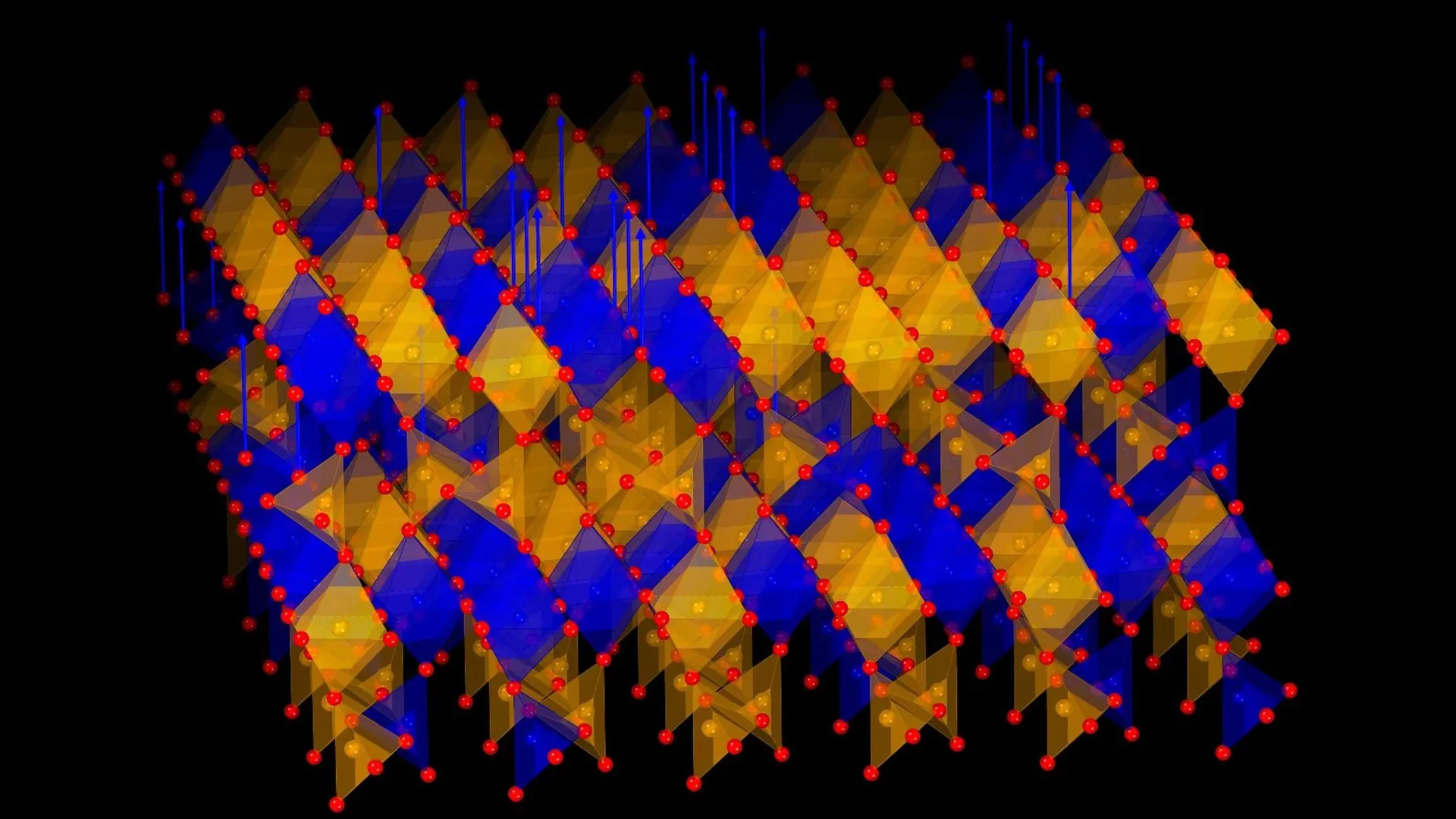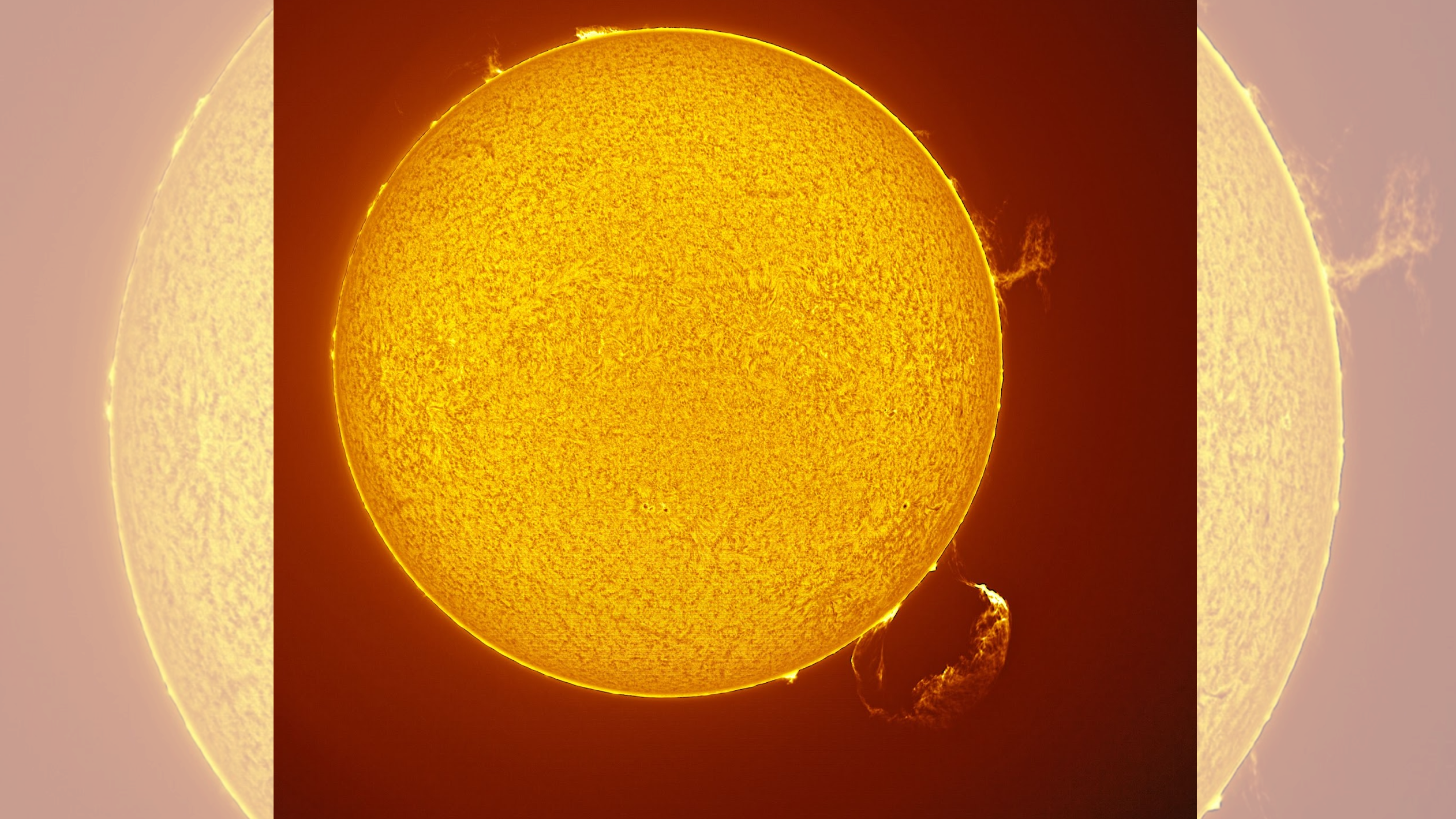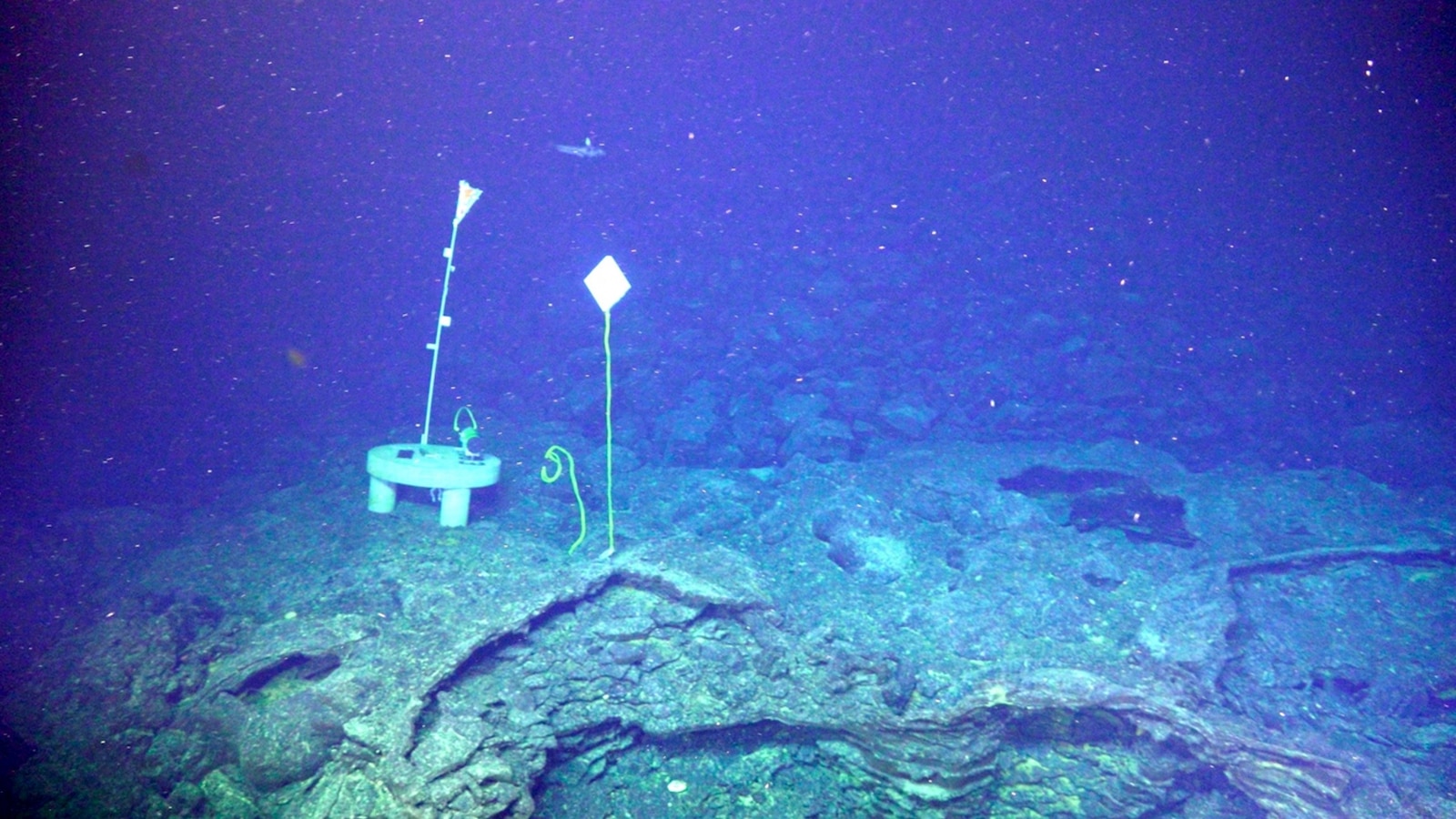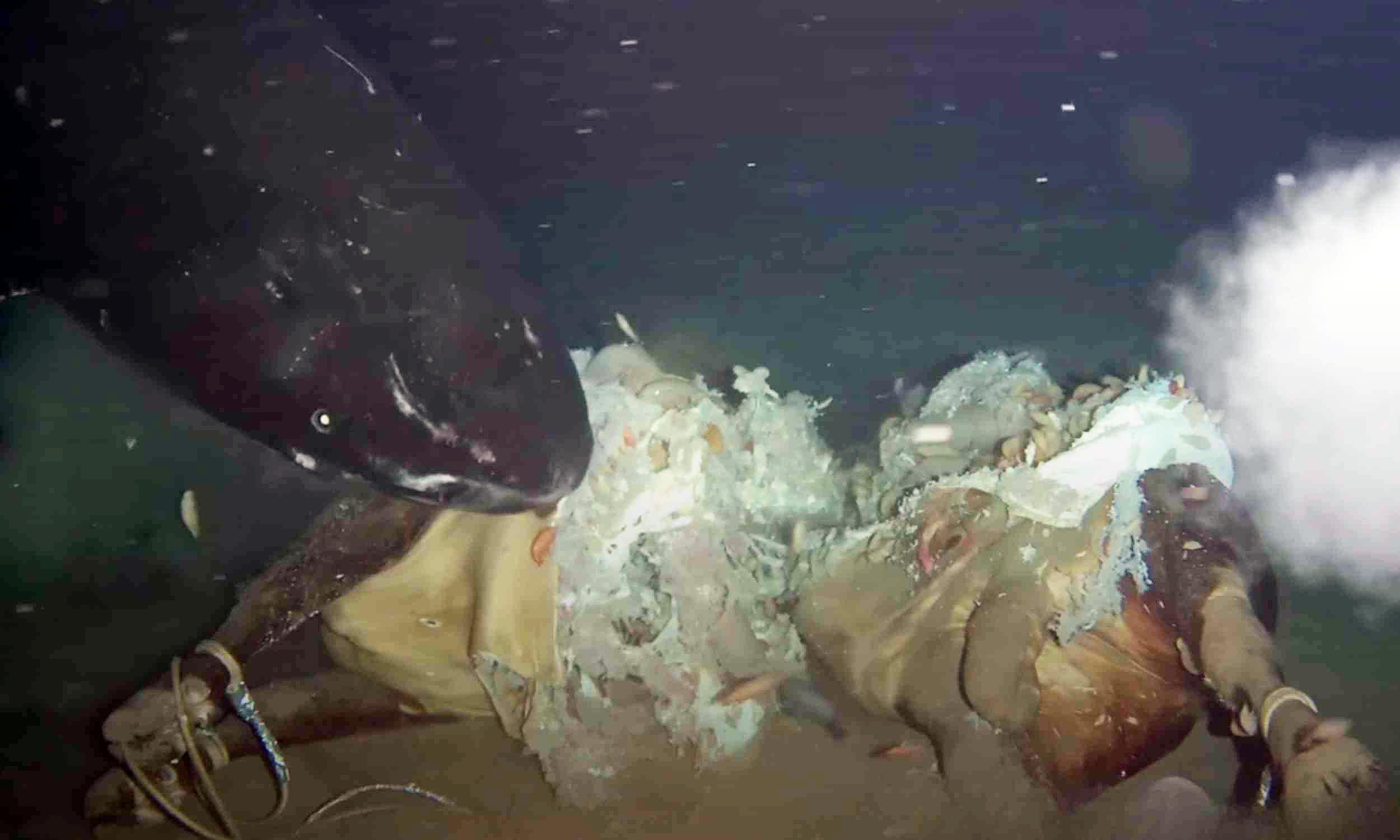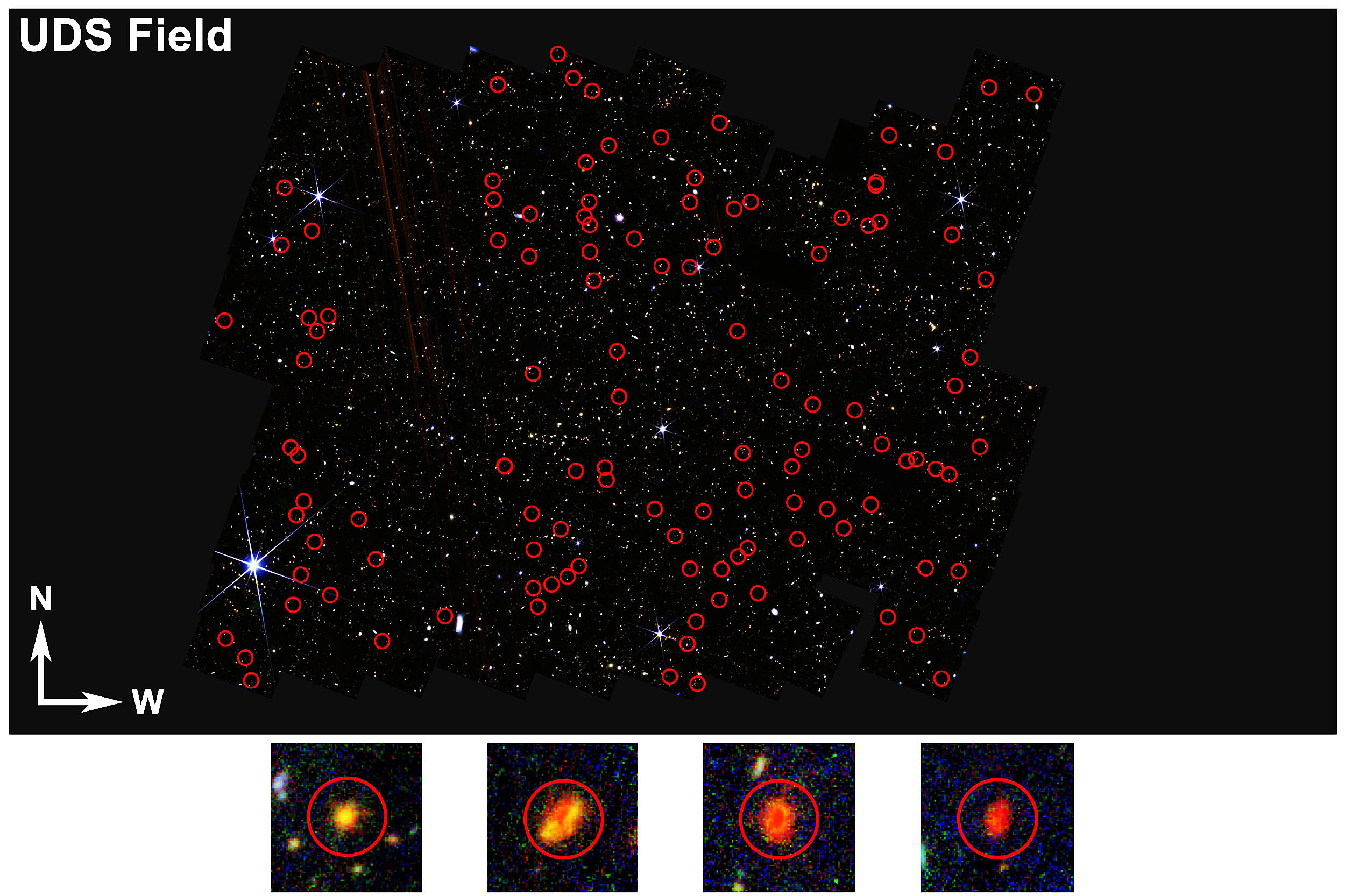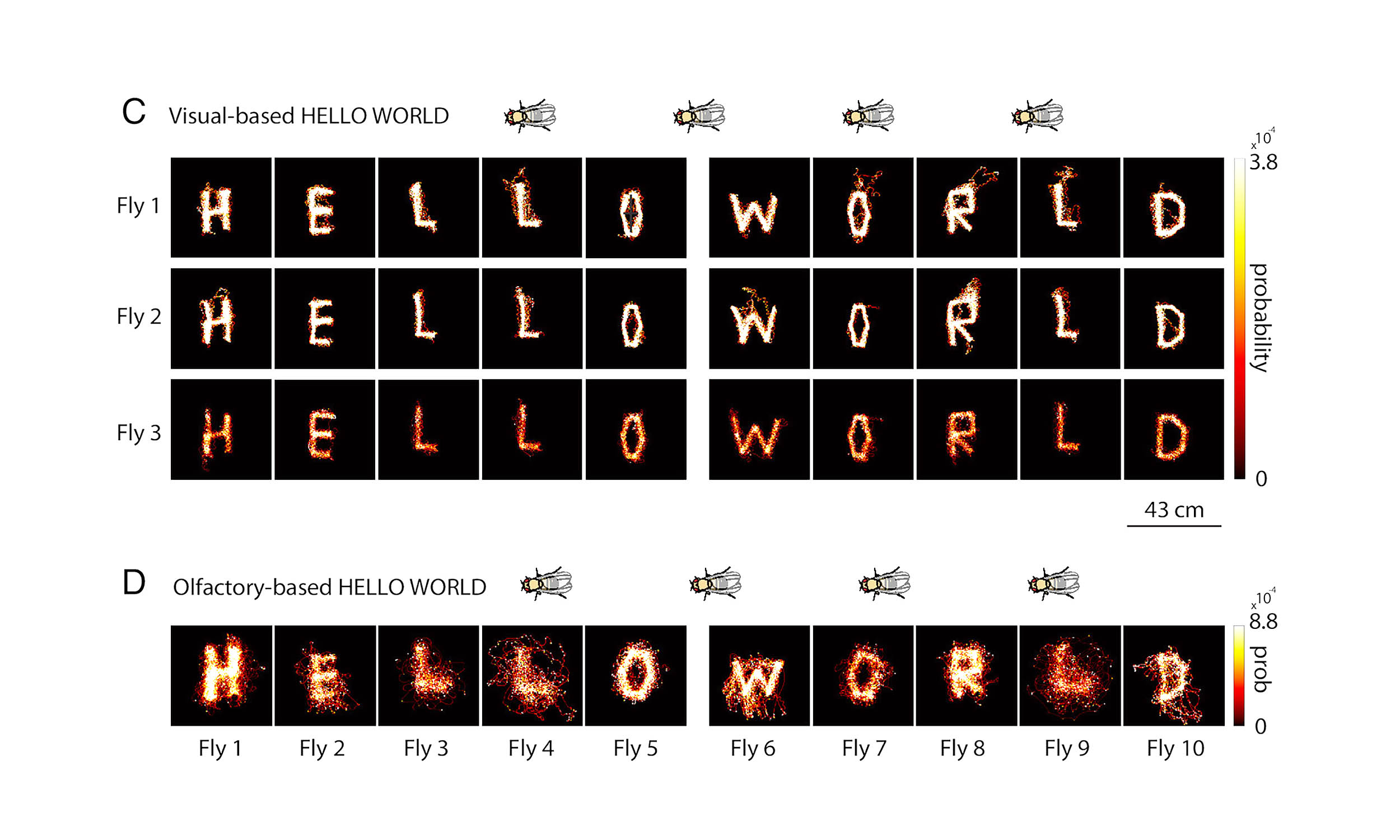300 Bright Galaxies Found! Are We Rethinking the Early Universe? 🚀😲
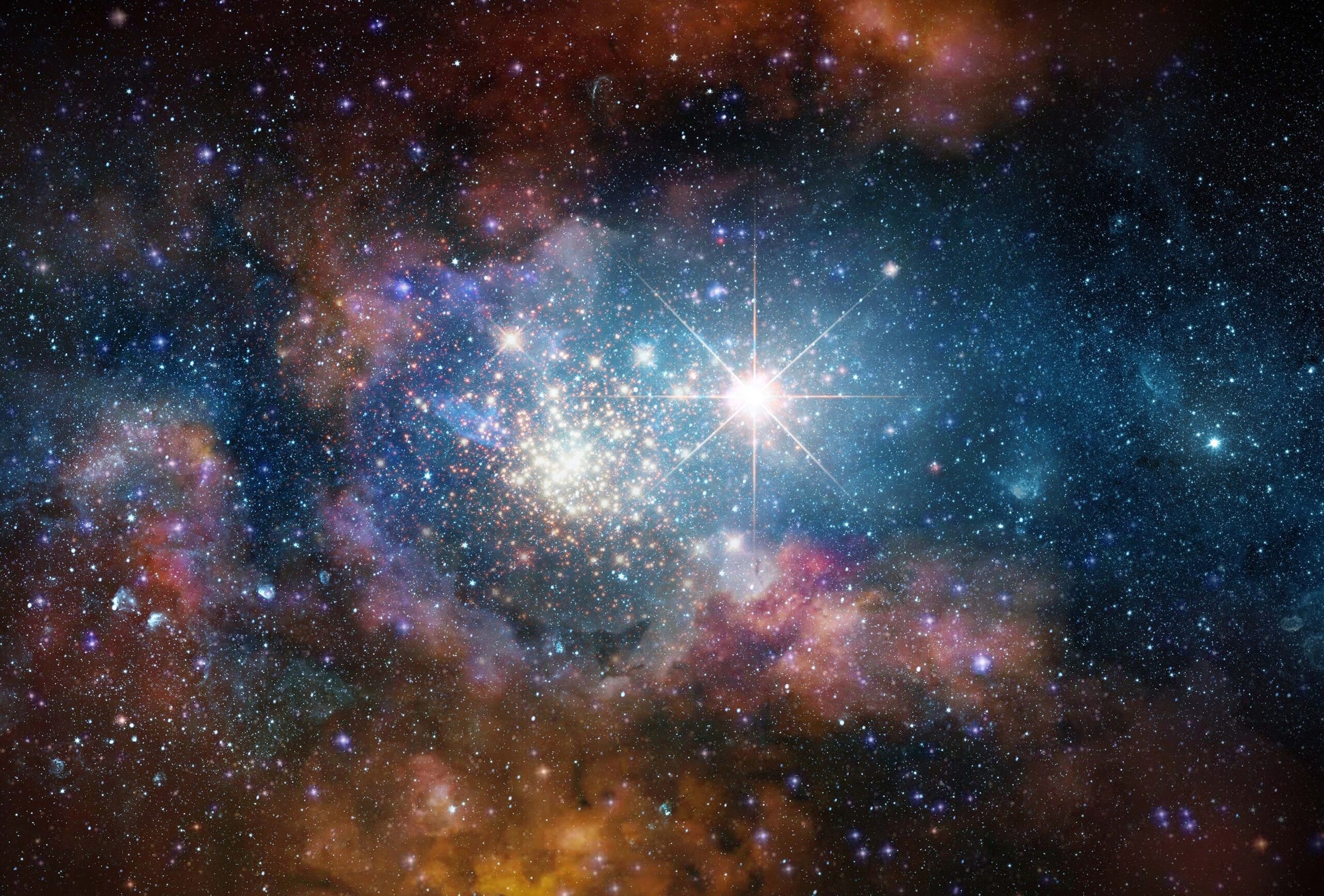
Prepare to have your mind blown! Astronomers using NASA’s James Webb Space Telescope have just discovered 300 galaxies that shine brighter than anything we thought was possible in the early universe! This revelation could change everything we know about cosmic evolution.
In a groundbreaking study led by researchers at the University of Missouri, these unusually luminous objects were found scattered across four patches of sky, an area totaling more than 500 square arcminutes. These galaxies aren't just a little bright; they are so luminous that they could challenge our fundamental understanding of how the universe evolved shortly after the Big Bang.
A Cosmic Game of Hide and Seek
Identifying these galaxies wasn’t a walk in the park. The researchers employed a clever technique known as the dropout method. This strategy allows scientists to spot galaxies that appear in redder light but seem to vanish in bluer wavelengths. This “disappearing act” occurs due to the Lyman break, a process where hydrogen gas absorbs ultraviolet light. As galaxies move farther away—thanks to the expansion of the universe—their light shifts toward the red end of the spectrum, a phenomenon known as redshift. The higher the redshift, the closer we get to the universe's inception.
“Detecting high-redshift galaxies means we’re essentially peering back to when the first stars and galaxies were being born,” explains Bangzheng “Tom” Sun, a Ph.D. student at Missouri and the lead author of the study.
What Webb Revealed
Of the 300 luminous “dropouts,” over 80 percent were deemed “extremely red objects.” This term refers to their light being significantly brighter in one infrared filter compared to another—by more than two magnitudes. For 137 of these galaxies, Webb’s Mid-Infrared Instrument (MIRI) provided even deeper insights.
The research team meticulously examined each object’s spectral energy distribution (SED), which acts like a fingerprint revealing its brightness across different wavelengths. This analysis is crucial for estimating a galaxy’s distance, age, and stellar mass.
The results were astonishing. About two-thirds of the galaxies turned out to be closer, with redshifts ranging between 1 and 4. However, a fascinating 7 percent seemed to be much farther away, possibly true relics from the universe’s early years. One galaxy, confirmed by Webb’s Near-Infrared Spectrograph, boasts a staggering redshift of 8.679, placing it at just 600 million years post-Big Bang. This celestial marvel shines with an ultraviolet magnitude of –22.4 and has a stellar mass about 1.3 billion times greater than our own Sun!
Why the Brightness Matters
These early-universe candidates are glowing much brighter than astronomers anticipated. Some have ultraviolet magnitudes over –23, with stellar masses surpassing 30 billion Suns. If further studies confirm their identities, scientists might need to rethink the timeline and scale of galaxy formation in the cosmos.
“These mysterious objects could redefine our understanding of the early universe,” states Haojing Yan, an astronomy professor at Missouri and co-author of the study. “If just a few of these candidates turn out to be what we believe they are, our discovery could upend current theories of how galaxies formed in those formative years.”
A Step-by-Step Cosmic Investigation
Determining the nature of these strange objects is no quick feat; it’s more like a detective story than an instant revelation. First, the galaxies must be spotted in Webb’s images. Then, scientists estimate their properties using SED fitting, a helpful but imprecise method.
The gold standard is spectroscopy—splitting light into its many wavelengths to find specific signatures that disclose an object’s true distance, age, and chemical makeup. “One of our objects is already confirmed by spectroscopy to be an early galaxy,” Sun reveals. “But this single find is just a starting point. We will need further confirmations to assert whether current theories are being challenged.”
The Bigger Picture
Finding galaxies this bright so soon after the Big Bang doesn’t necessarily overturn current cosmological models, but it certainly raises eyebrows. If more of these candidates are validated, astronomers might have to reconsider how quickly galaxies could grow massive and luminous in the first billion years of the universe. In essence, it could mean rewriting significant chapters of cosmic evolution—a narrative that has changed many times with each new discovery.
The team’s research, titled “On the very bright dropouts selected using the James Webb Space Telescope NIRCam instrument,” appeared in The Astrophysical Journal and has opened a new dialogue about the mysteries of the cosmos.
Practical Implications of the Research
This discovery of extraordinarily bright galaxies has the potential to refine our models of the early universe, guiding future telescopes and surveys in their quest to target distant cosmic objects. By identifying galaxies that shine more brilliantly than previously thought, researchers may illuminate new insights into how stars formed, how rapidly galaxies assembled, and how the universe evolved in its first billion years.
Ultimately, these revelations could influence the design of new space observatories and deepen humanity’s understanding of its origins, providing us with a clearer view of our cosmic home.













